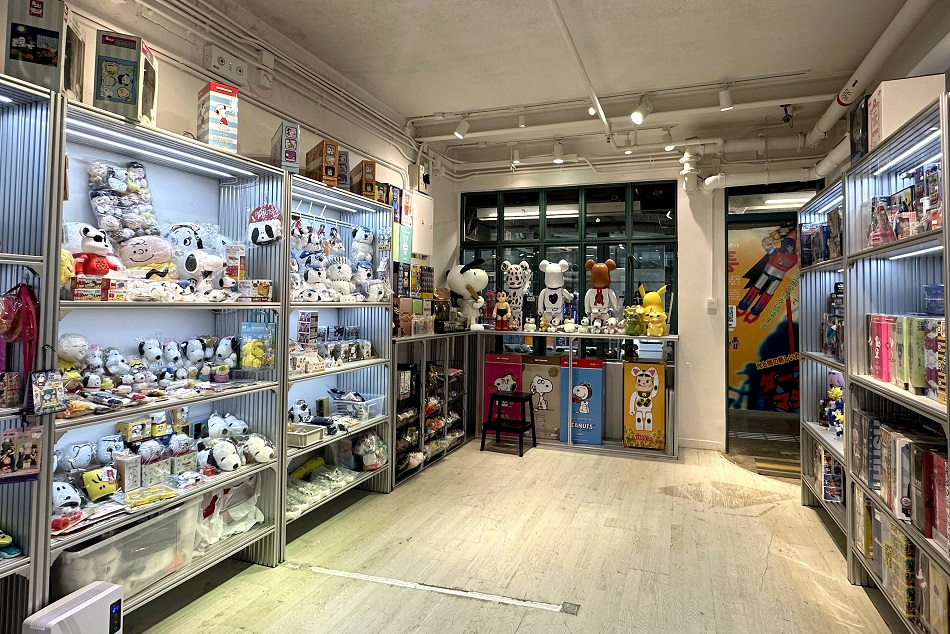Design Feature #44
Build a Park or Plant a Community?
Park Design
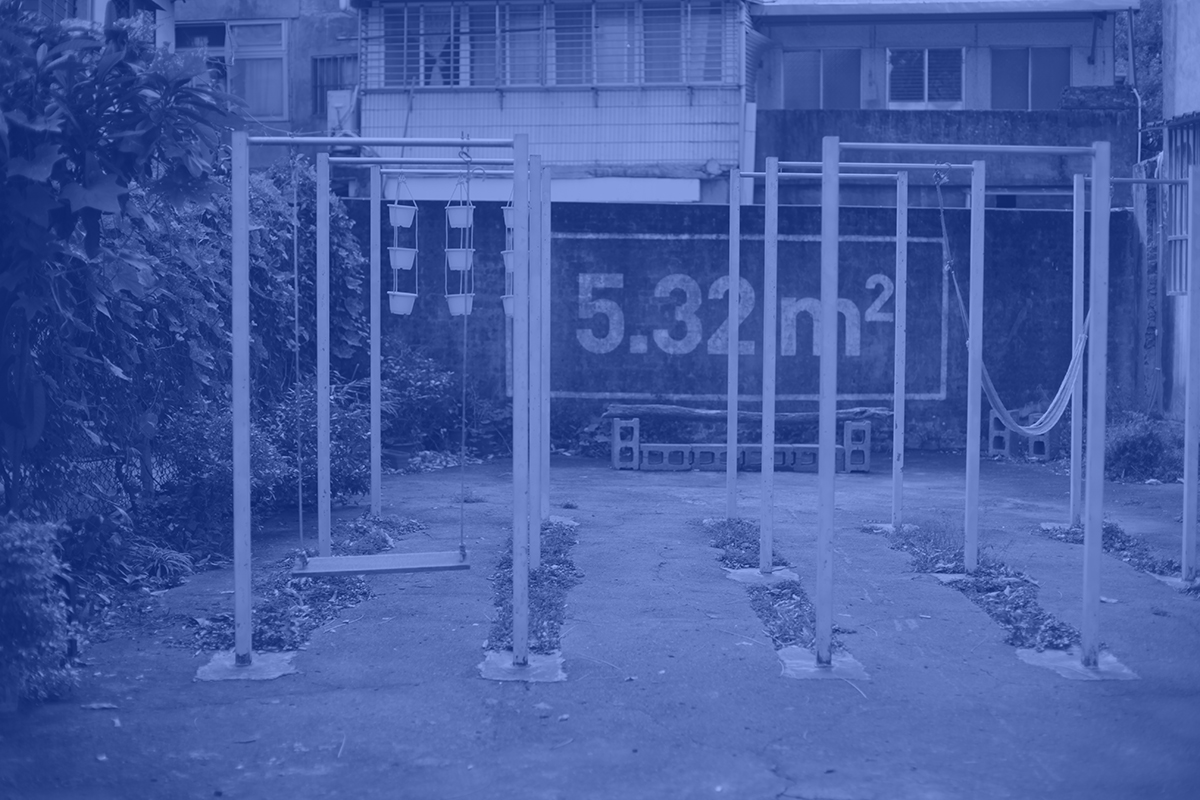
Written by: Ruth Poon @AaaM Architects
Translated by: Derek Leung
Photo: www.gurutto-kobe.jp, www.thehighline.org, www.theplanb.cc/parkup/, www.info.gov.hk, parkful.net, iko-yo.net
A park, be it big or small like a resting corner, is an urban space that is no stranger to anyone, in particular those who often look for fresh air. Yet, some parks are found to have long been left unattended. Have you ever thought that you can also participate in the design of a park?
Humans compose the vehicles of communities, therefore no public facilities in need can be designed merely by unilateral planning. To cite a typical example of park design revolution, Ryo Yamazaki’s Arima Fuji Park in Sanda, Hyogo Prefecture, Japan is second to none. With a total area of 6 hectares as the children playgrounds, the 70-hectare park (approximately 3.5 Victoria Parks of Hong Kong) is so designed by the mentioned Japanese landscape and community designer specializing in "participatory design" that the end users can, through guidance, go through the park design process and all participating parties can eventually come up with a design that improves the community issues based on the consideration and needs in different aspects.
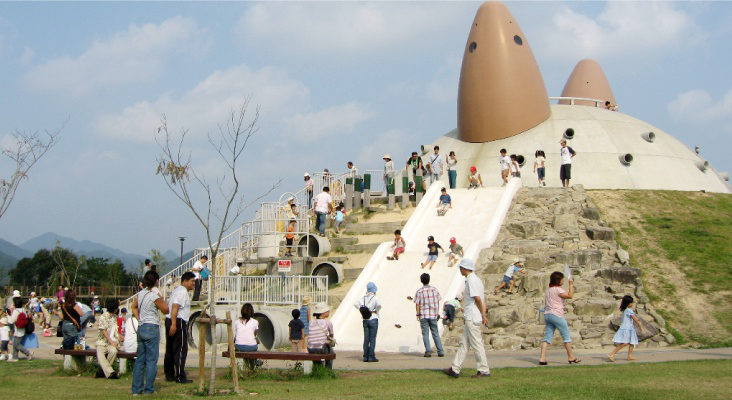
In consideration of the operation and management of the park, Yamazaki refers to the Disneyland model, which arranges activities and “entertainers” such as Mickey, with a view to bringing all visitors a unique and unforgettable vibe and experience. But how can a prefecture-owned park without entrance fee afford entertainers? Well, how about allowing the visitors to be the entertainers? With this idea in mind, Yamazaki calls for the entertainers by recruiting college students who are willing to play with children to station in the park at the weekends. The grown-up children can be the coming generation of entertainers and this renders sustainable vitality to the community.
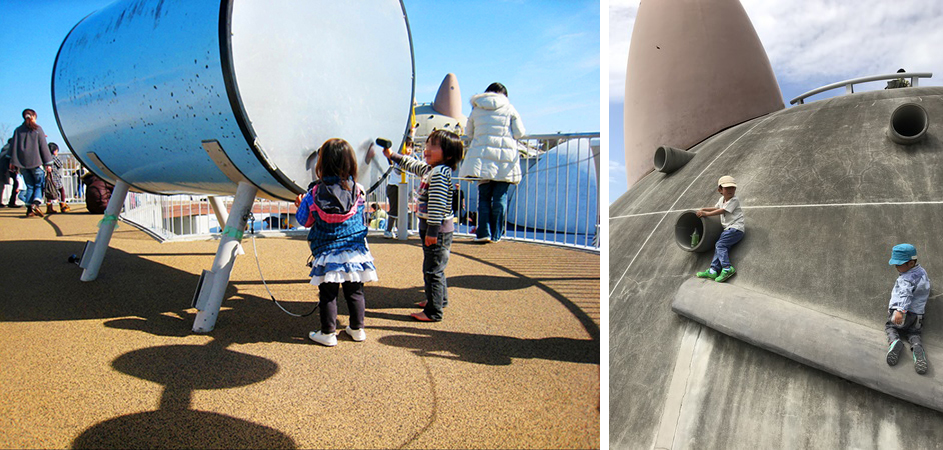
Another point to ponder is what kind of playground the kids are fond of. Yamazaki’s arrangement of an amusement seminar is in a mission to find out and integrate the elements the children like into the park design through giving the entertainers and the children an opportunity to play and create in a natural environment, with the provision of cardboard boxes and packaging materials. With reference to the local folk story of a thunder saint, the new playground is designed with this image feature as the central core of the hill where the children can climb and slide down after enjoying the panoramic landscape of the park. Over the years, Arima Fuji Park has become a place of rest for local residents.
A slew of “atypical” park designs have appeared ubiquitously in recent years.
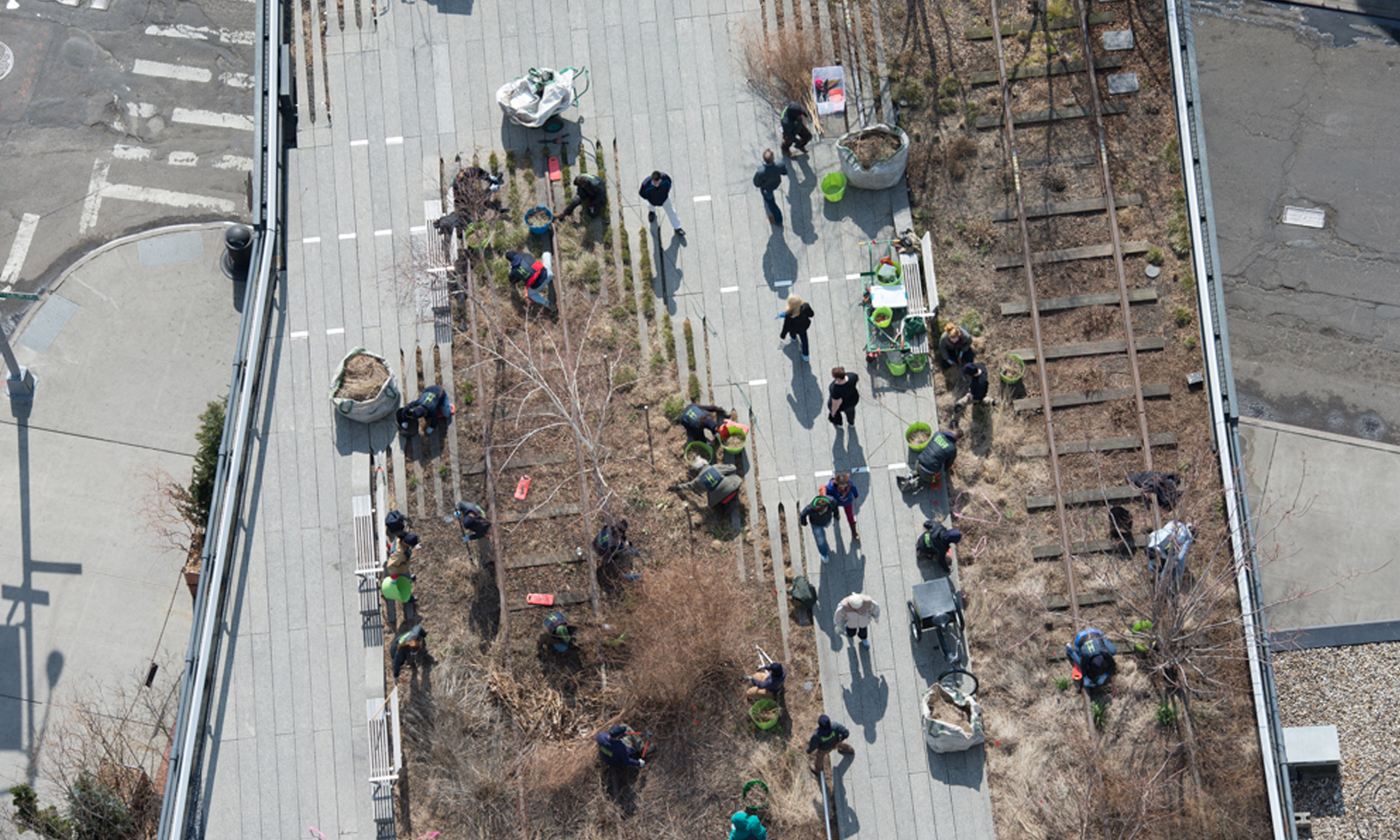
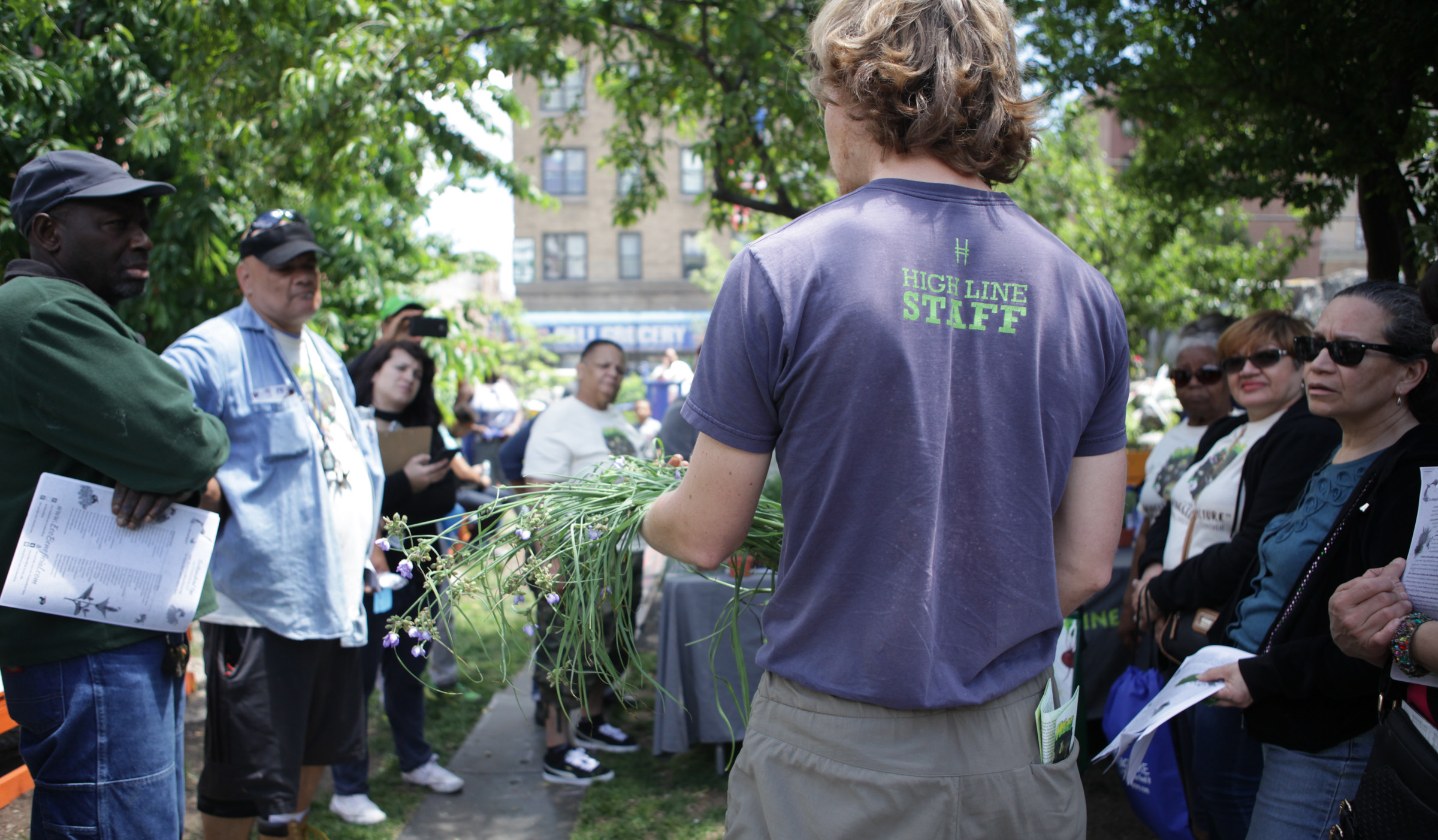
While New York's High Line is a park with a strong sense of design built in 2003 by community groups and stakeholders such as Community Parks Initiative / Friends of High Line and community members, ParkUp in Taiwan originated by Plan b is a “self-defined community space” in a vacant urban site responsive to the community park designs.
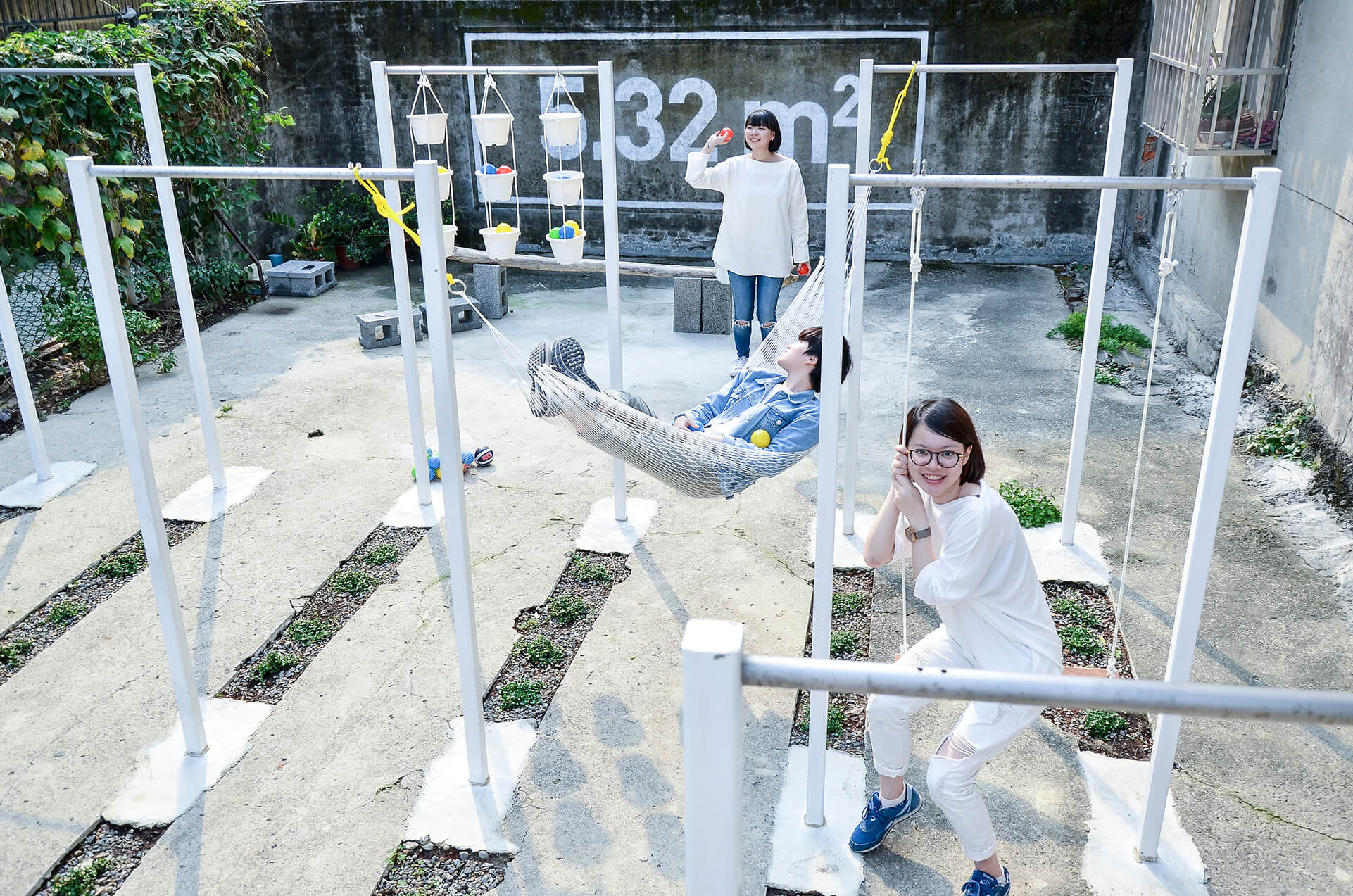
ParkUp Project turns a vacant urban site in Taiwan into a“self-defined community space”. Image Source: www.theplanb.cc/parkup/
Plan b, further to its field observations, assembles nine individual white bars in Guting, Taipei to give end users endless space to think of their uses, finally being turned to fitness racks, drying racks, swings and hammocks, etc.
Looking back at our city, Hong Kong's parks have long been criticized for the absence of far-sightedness and the drawbacks on our cultures of management and dealing with complaints, which are all contrary to the user orientation. That said, in recent years, positive changes are being in force: In 2015, UNICEF Inclusive Play Space Design Ideas Competition was organized by several children rights association and the Leisure and Cultural Services Department of the government, followed by a pilot project in Tuen Mun Town Park in December this year.
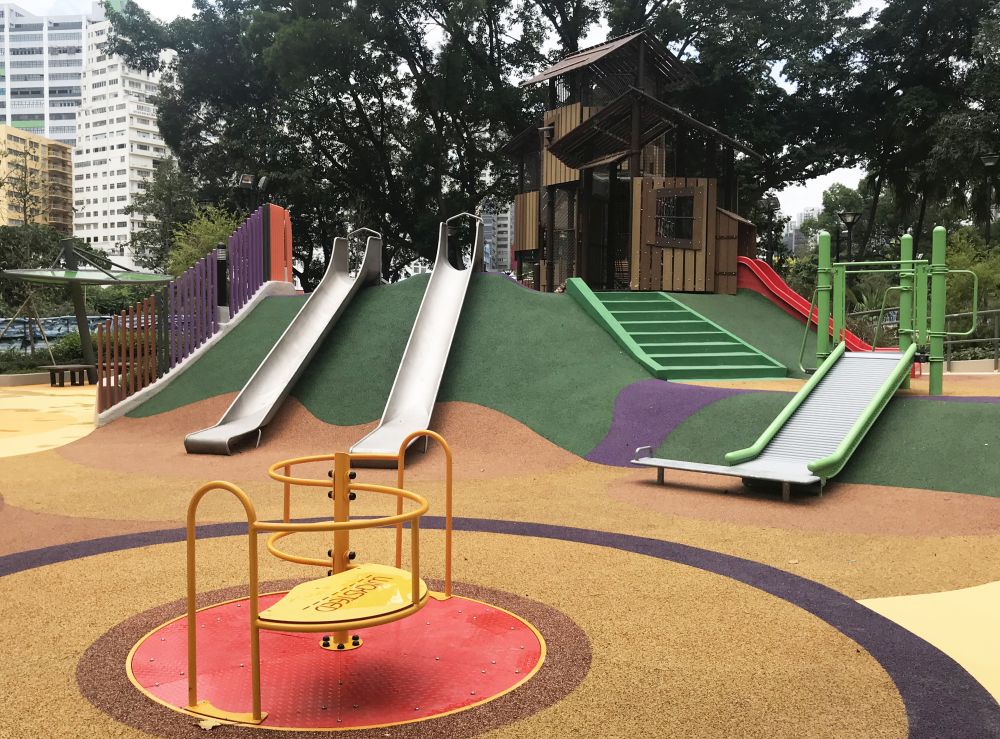
Whether in the United States or Asia, it is apparent a park design catering to different human needs will invariably be welcomed by the respective community. At the same time, the participation of the end-using general public also brings an avant-garde breakthrough to the design, an inspiration to the designers concerned and certain momentum to the community. Design is no longer regarded as studio work since more possibilities can be explored once you enter the community.

